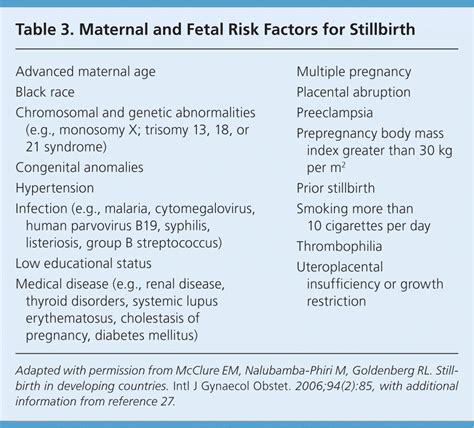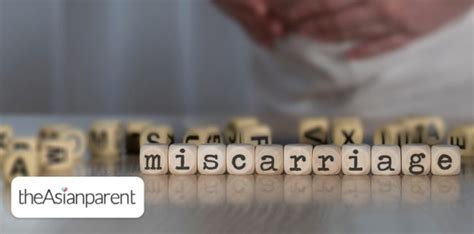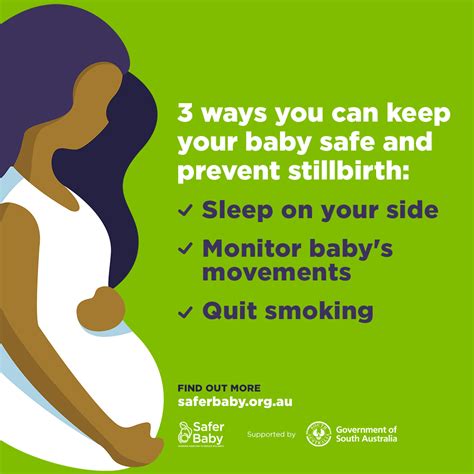Intro
Discover 5 facts about stillborn babies, including stillbirth causes, risk factors, and emotional support for grieving parents, shedding light on this sensitive topic of pregnancy loss and neonatal mortality.
Stillbirth, the loss of a baby after 20 weeks of gestation, is a tragic and often misunderstood event that affects thousands of families worldwide. Despite its prevalence, stillbirth remains shrouded in mystery, with many people unaware of the causes, symptoms, and emotional impact on those who experience it. In this article, we will delve into the world of stillbirth, exploring the facts, myths, and realities surrounding this devastating event.
The importance of discussing stillbirth cannot be overstated. By shedding light on this often-taboo topic, we can work towards reducing the stigma associated with stillbirth and providing support to those who have experienced it. Stillbirth is not just a personal tragedy; it also has significant implications for public health, with many cases being preventable with proper prenatal care and education. As we navigate the complexities of stillbirth, it is essential to approach the topic with sensitivity, compassion, and a commitment to understanding.
Stillbirth is a significant public health concern, with approximately 2.6 million stillbirths occurring worldwide each year. This staggering number highlights the need for increased awareness, research, and support for families affected by stillbirth. By examining the facts surrounding stillbirth, we can gain a deeper understanding of the causes, risk factors, and emotional impact of this event. Whether you are a healthcare professional, a family member, or someone who has experienced stillbirth firsthand, this article aims to provide a comprehensive and informative exploration of this critical topic.
What is Stillbirth?

Causes of Stillbirth
The causes of stillbirth are complex and multifaceted, involving a combination of genetic, environmental, and medical factors. Some of the most common causes of stillbirth include: * Placental abruption, where the placenta separates from the uterus * Umbilical cord problems, such as umbilical cord prolapse or cord compression * Chromosomal abnormalities, such as Down syndrome * Infections, such as group B strep or listeria * Maternal medical conditions, such as diabetes or hypertension * Fetal growth restriction, where the baby does not grow at a normal rateRisk Factors for Stillbirth

Symptoms of Stillbirth
The symptoms of stillbirth can be subtle, and in some cases, there may be no noticeable symptoms at all. However, some common signs of stillbirth include: * Decreased fetal movement or no fetal movement at all * No fetal heartbeat detected during prenatal check-ups * Vaginal bleeding or spotting * Severe abdominal pain or cramping * Fever or chillsEmotional Impact of Stillbirth

Coping with Stillbirth
Coping with stillbirth requires a comprehensive approach, involving emotional support, medical care, and spiritual guidance. Some strategies for coping with stillbirth include: * Seeking support from family, friends, or support groups * Receiving counseling or therapy to process emotions * Creating a memory book or ritual to honor the baby * Taking time to grieve and heal * Seeking medical care and prenatal testing for future pregnanciesPreventing Stillbirth

Support for Families Affected by Stillbirth
Support for families affected by stillbirth is crucial, as it can help alleviate emotional distress and provide a sense of community. Some resources for support include: * Online support groups and forums * Local support groups and counseling services * National organizations, such as the Stillbirth Foundation or the March of Dimes * Memorial services or rituals to honor the baby * Peer support from families who have experienced stillbirthConclusion and Next Steps

Final Thoughts
As we reflect on the topic of stillbirth, it is essential to remember that every family's experience is unique, and there is no one-size-fits-all approach to coping with this event. By sharing our stories, supporting one another, and advocating for stillbirth awareness, we can create a more compassionate and informed community. If you or someone you know has experienced stillbirth, we encourage you to reach out to a support group, counselor, or healthcare provider for guidance and care.What is the difference between stillbirth and miscarriage?
+Stillbirth occurs after 20 weeks of gestation, while miscarriage occurs before 20 weeks of gestation.
Can stillbirth be prevented?
+While not all stillbirths can be prevented, there are steps that can be taken to reduce the risk, such as receiving regular prenatal care, maintaining a healthy lifestyle, and managing maternal medical conditions.
How can I cope with the emotional impact of stillbirth?
+Coping with stillbirth requires a comprehensive approach, involving emotional support, medical care, and spiritual guidance. Seeking support from family, friends, or support groups, receiving counseling or therapy, and creating a memory book or ritual to honor the baby can be helpful.
What resources are available for families affected by stillbirth?
+Resources for support include online support groups and forums, local support groups and counseling services, national organizations, and memorial services or rituals to honor the baby.
How can I support a family member or friend who has experienced stillbirth?
+Supporting a family member or friend who has experienced stillbirth involves being present, listening, and validating their emotions. Avoid making assumptions or offering unsolicited advice, and instead, focus on providing emotional support and practical help.
